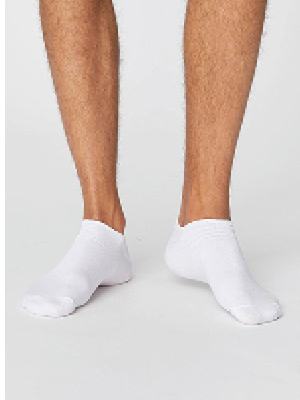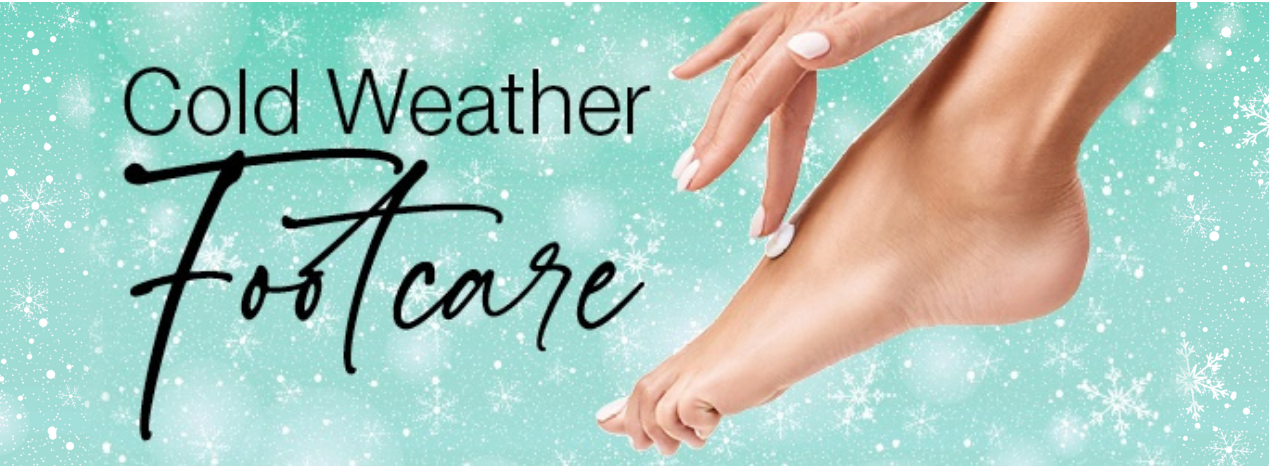10,000 steps to a healthier you
- Mrs G
- Simply Feet
- 2 Jan 2024

You’ve probably heard of taking 10,000 steps a day from the government or NHS, but why should you?
We’ve spoken to our resident podiatrist about this and this is what Mrs G tells us:
We should aim to take 10,000 steps a day as this can improve your health and reduce risk of:
- Obesity
- Diabetes
- Hypertension (high blood pressure)
- High cholesterol (fats in our blood)
Walking is a simple, free form of exercise which can be great fun too. You don't need to get to 10,000 steps straight away but build up to it over time.
To do this safely and enjoyably Mrs G advises in order to look after our feet we should: wear appropriate footwear; breathable socks and a daily footcare routine.
Appropriate Footwear
To achieve 10,000 steps per day it is important you have the appropriate footwear.
- Footwear should be comfortable & supportive
- Have a well cushioned footbed/insole.
- Where you need arch support to help align your feet better then an arch support/orthotic insole (see our Plantar Faciitis blog for more information).
- Good fastening (lace, buckle or hook & loop) will help prevent slippage which could cause blisters. Sock-Fit shoes with a good elasticated top-line should be fine as well. Ballet Pumps or Moccasins should be avoided unless for short distances.
- Avoid mules or shoes without a solid back otherwise the heel may not be supported.
- Avoid heels/wedges over 25mm.
- The front of the footwear should be rounded or at least not be pointed as your feet will benefit from having room to move.
- Check inside the shoe to ensure there are no prominent seams or stiches that might cause rubbing.
- If you have a hammer toe or bunions look for shoes that give your foot ample space. Consider a stretch upper to help mould around the bunion or hammer toe.
Most appropriate shoes are trainers, walking shoes/boots or sandals with multiple straps for good fastening.
Socks
- Made from natural fibres: bamboo, cotton or wool.
- Should be the correct size, not constricting, if necessary move up a size.
- Check for seams. A thick seam may cause rubbing.
Daily Footcare Routine
- Wash your feet daily in warm, soapy water and thoroughly dry them, especially between the toes.
- Maintain your nails by cutting them carefully, without digging into the corners.
- Inspect your feet daily for blisters, bleeding and cuts between the toes.
- Use foot care products such as creams, lotions and sprays to keep the skin from dying and causing Callus (hard skin) formation. Avoid between the toes as this can risk fungal infections.
- Wear suitable footwear and hosiery for the activity being undertaken. That are the correct size and don’t rub or pinch, such as seamless shoes, socks and insoles.








